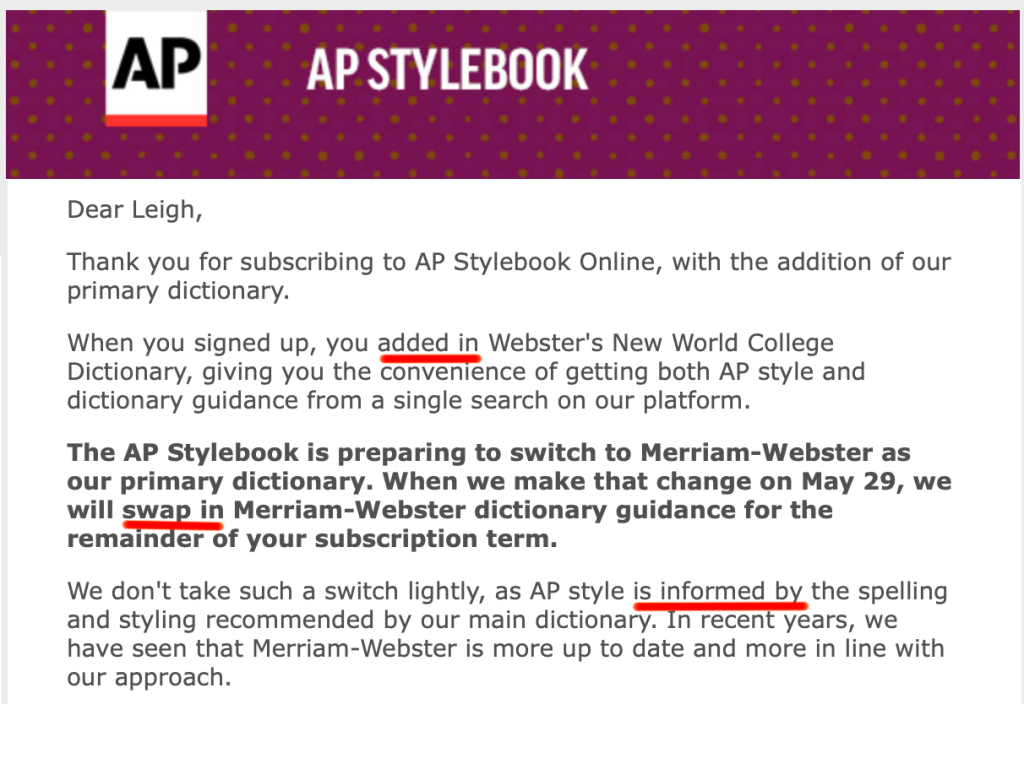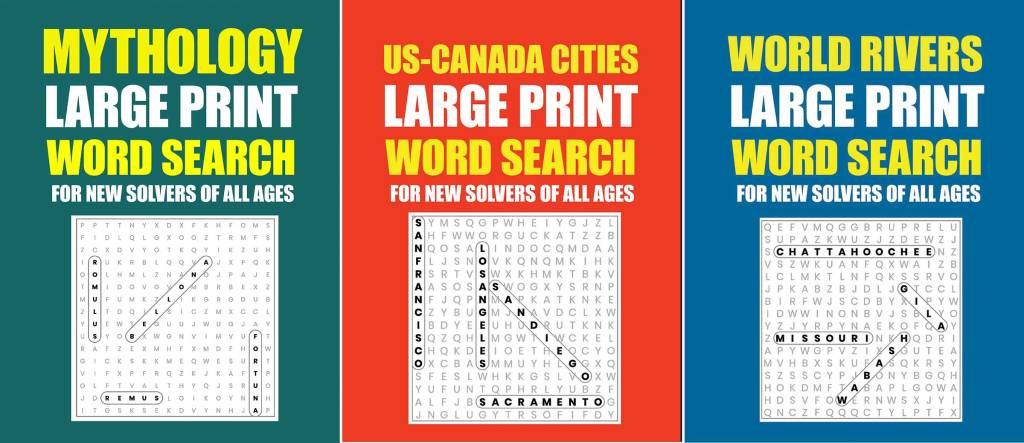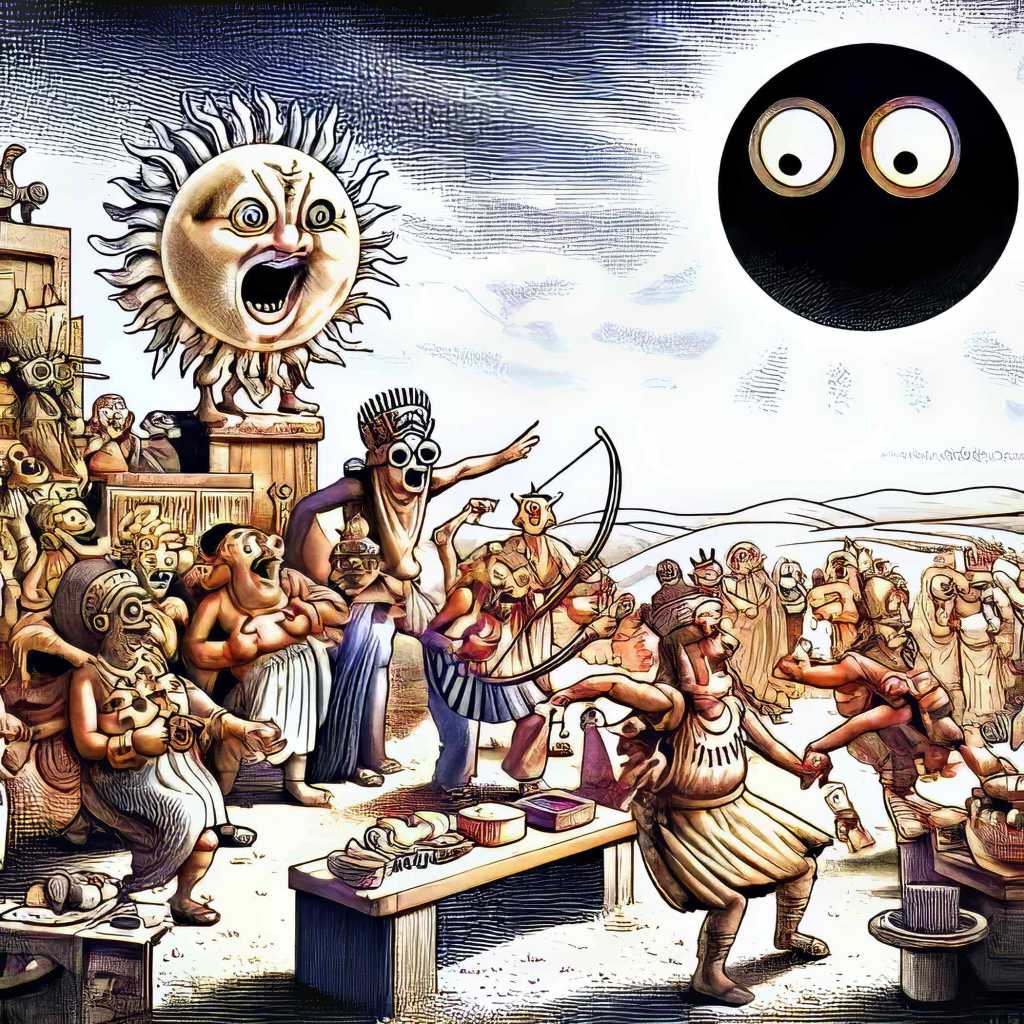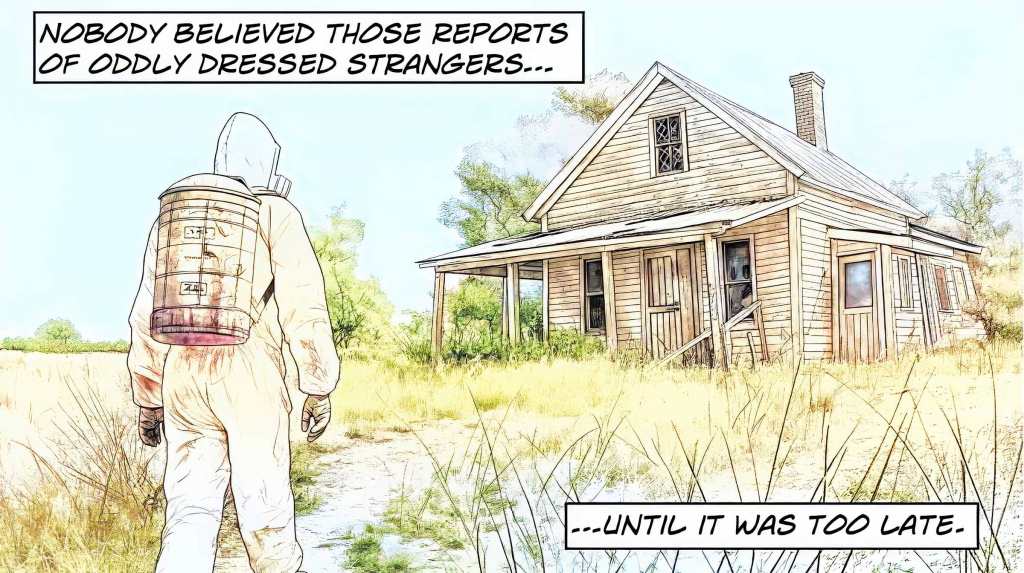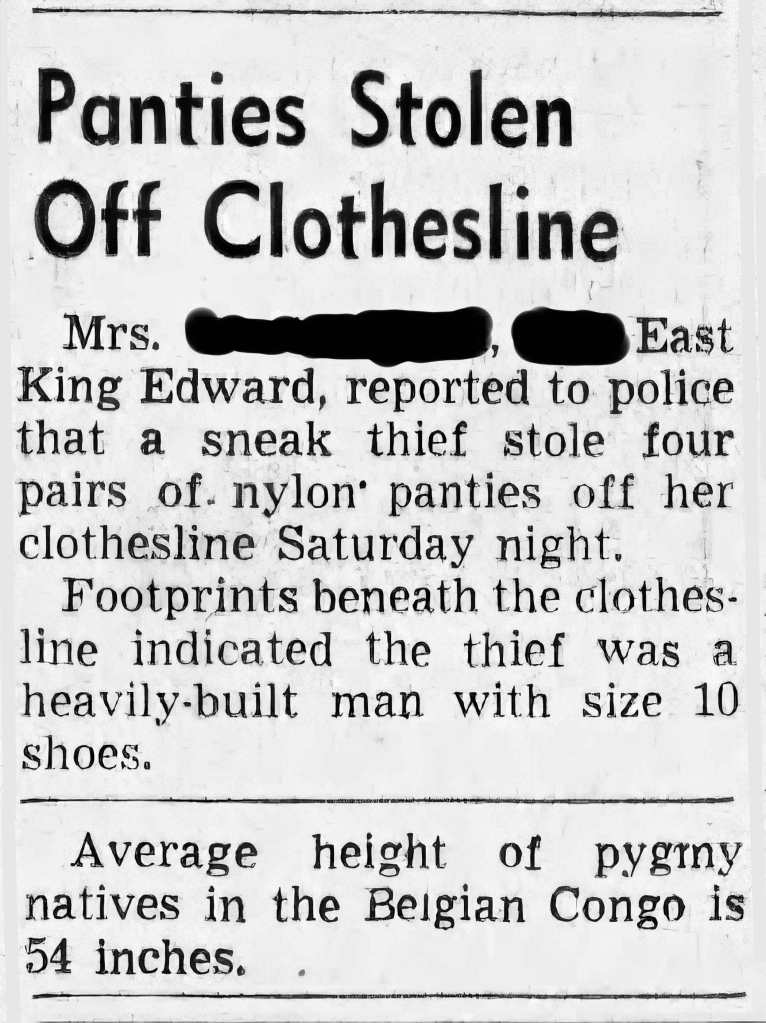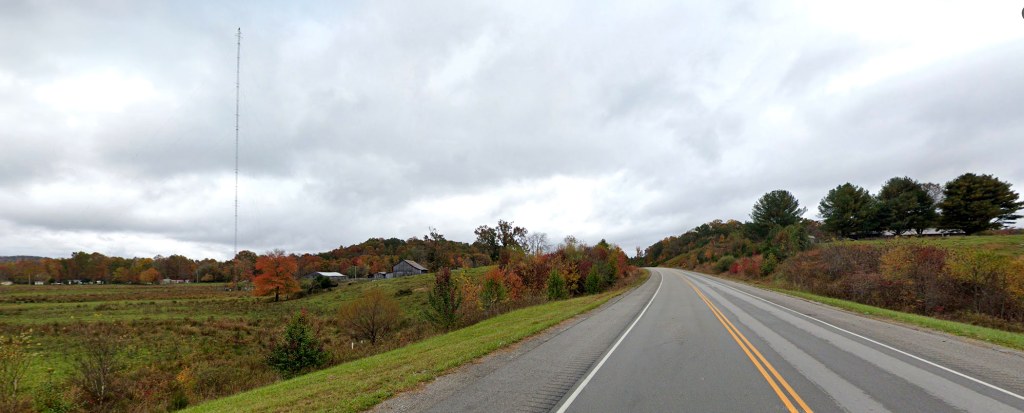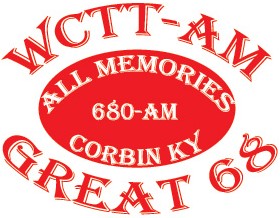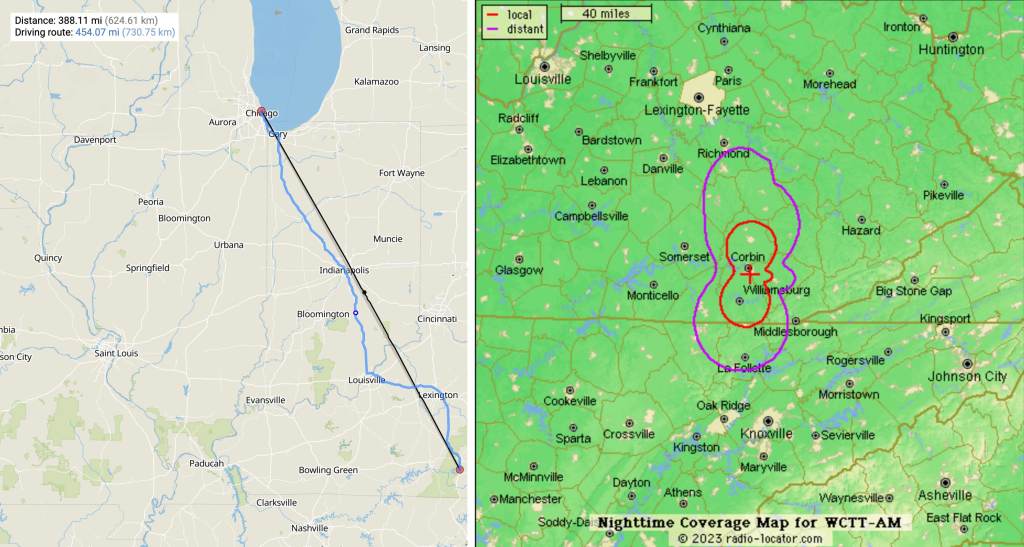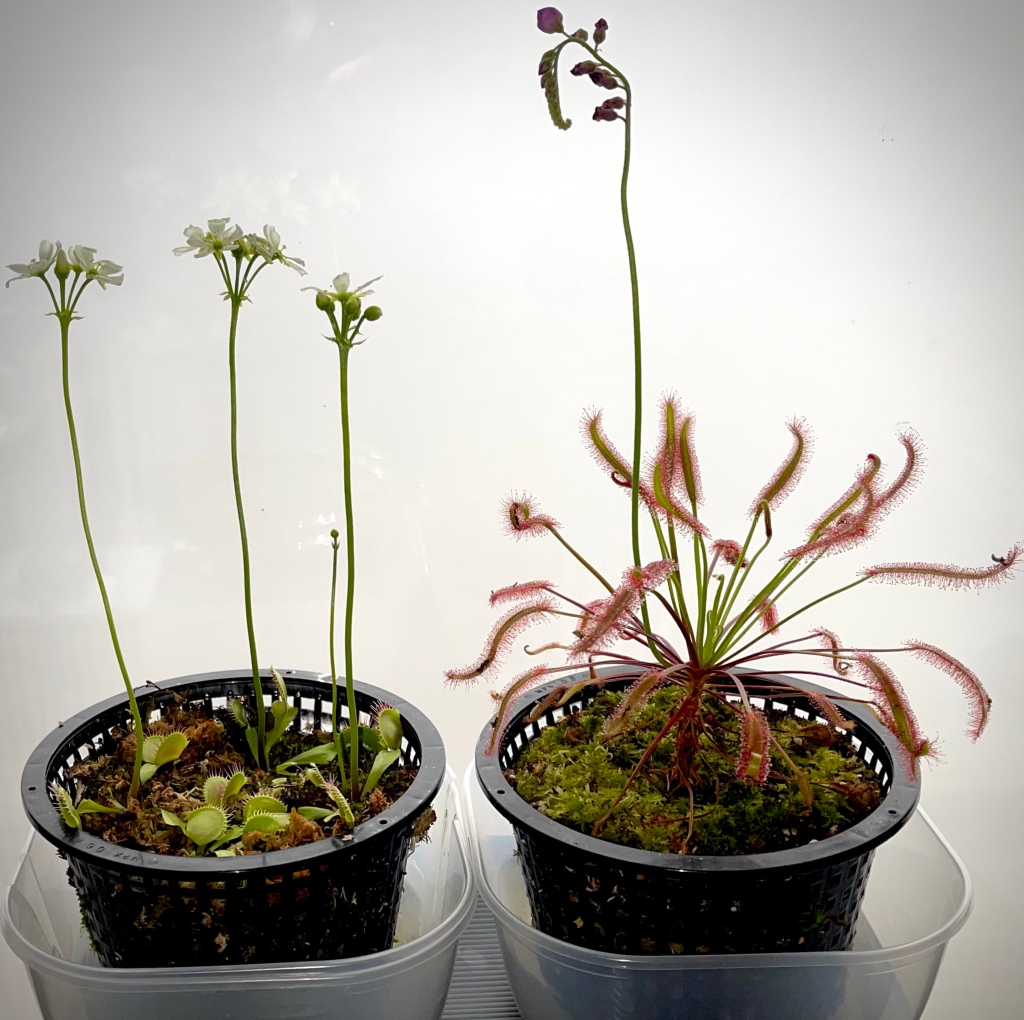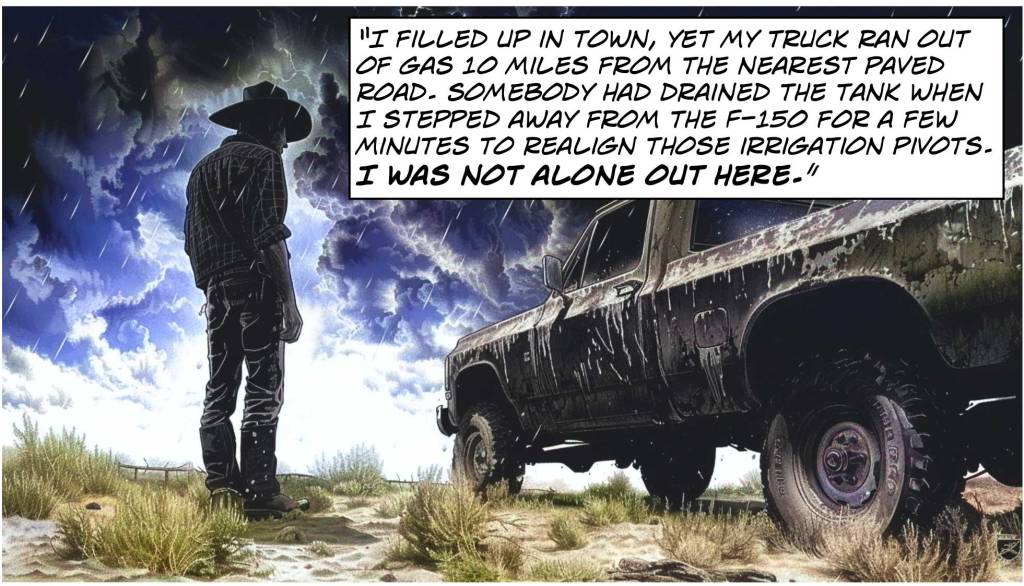I recently dug into Udio, an AI songwriting assistant garnering attention in the music tech community.
Udio is part of a new wave of tools designed to provide music and lyrics based on simple input. It’s praised for its ability to quickly generate music that captures the essence of a user’s initial ideas.
While Udio can craft lyrics and melodies, inputting my lyrics provides better results. This connection to the song’s emotional core and Udio’s strong music composition capabilities enhance my creative process.
Recently, I applied this approach to a new country track, “8-Second Secrets.” The results were astonishingly quick; within minutes, Udio provided a promising musical sketch based on my lyrics.
The result, while still in its nascent stages, is impressive. It’s rough around the edges, but the speed and ease with which Udio turned my written words into a palpable musical piece were nothing short of astonishing.
For musicians, whether seasoned or novice, integrating AI tools like Udio can ignite a spark of creativity and open up a world of possibilities. It’s about finding the perfect harmony between human creativity and technological assistance, and for me, Udio strikes that balance beautifully.
